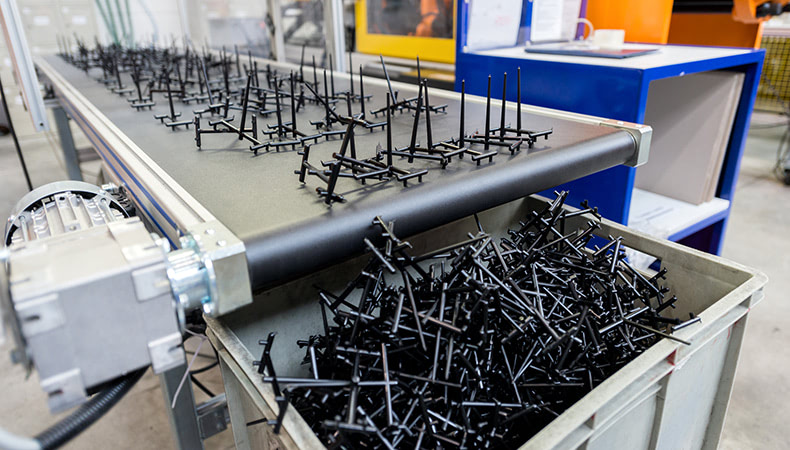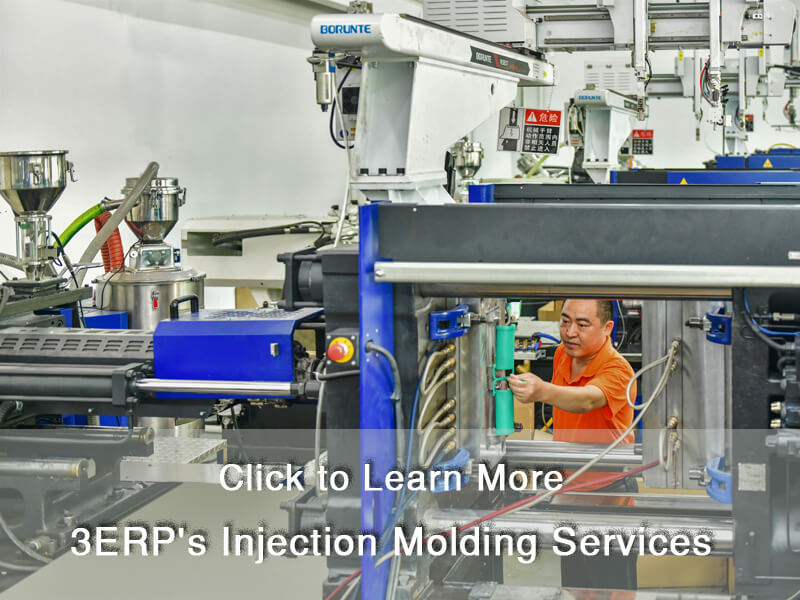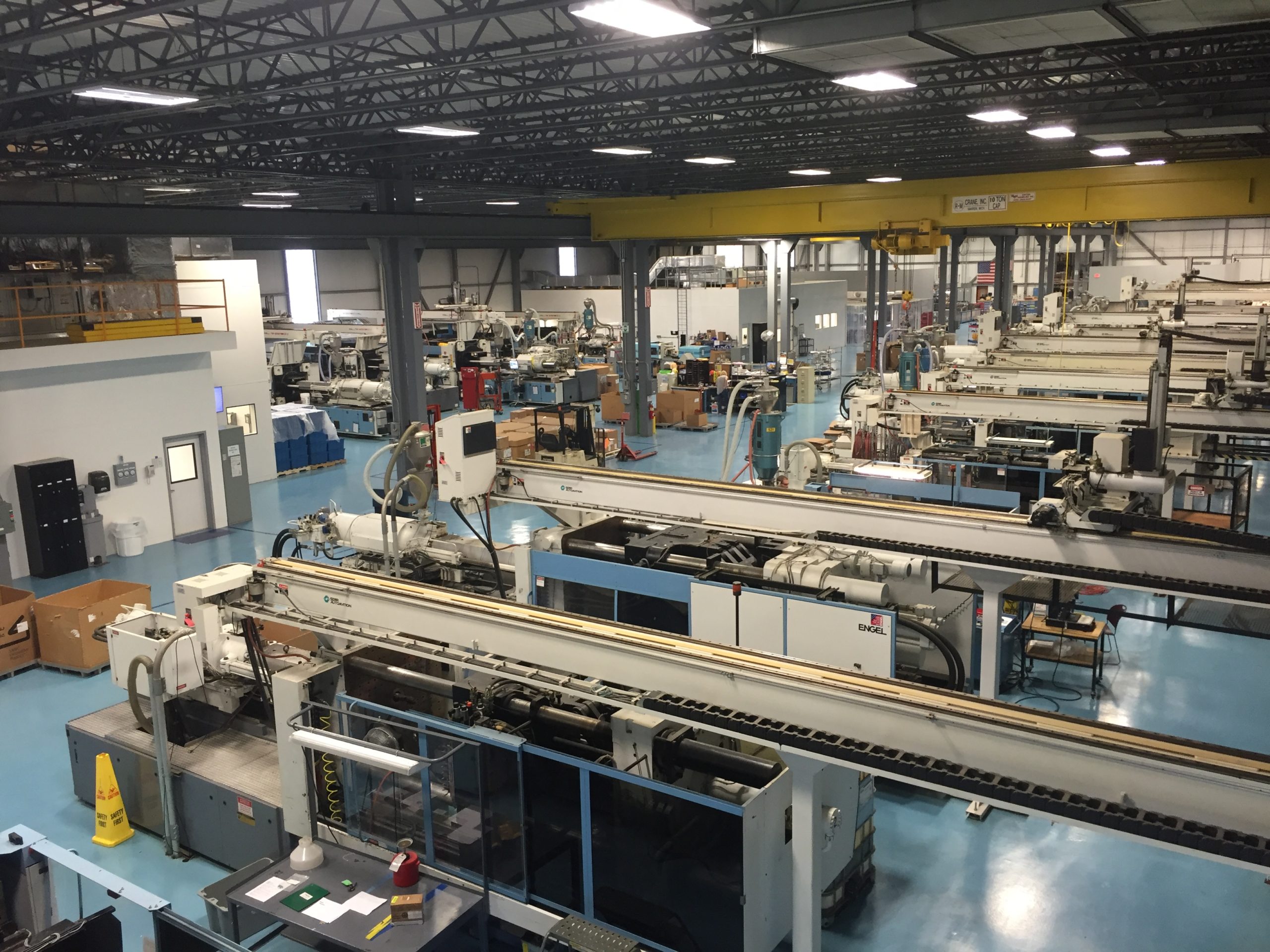The Best Guide To Manufacturing Industriess
Wiki Article
Lean Production Can Be Fun For Everyone
Table of ContentsAll about OemPlastic Manufacturing - QuestionsEverything about Additive ManufacturingThe 25-Second Trick For Die Casting6 Simple Techniques For Hon Hai PrecisionManufacturing Industries Fundamentals Explained
The message on this page is a sample from our complete White Paper 'Injection Moulding for Purchasers' - * Sample message * - for full guide click the download button above! Introduction This guide is meant for people that are aiming to resource plastic mouldings. It provides a much required insight right into all that is involved with creating plastic parts, from the mould tool needed to the moulding procedure itself.If you intend to discover further, the overview covers sorts of mould devices, along with special completing processes such as colours & plating. Words that are underlined can be found in the glossary in the appendix ... Component I: Moulding: The Fundamentals The Benefits of Injection Moulding Plastic shot moulding is a very precise process that provides numerous advantages over various other plastic handling techniques.
Precision is best for very complex parts. Compared to various other methods, moulding enables you to integrate even more features at extremely small tolerances. Have an appearance at the picture to the right. hon hai precision. You can hold this moulding in the hand of your hand as well as it has bosses, ribs, metal inserts, side cores as well as openings, made with a moving shut down feature in the mould device.
Manufacturing Industries - Questions


Top Guidelines Of Hon Hai Precision
from material feed Product melting; material injection; cooling time cooling down ejection to the re-closing of the mould tool ready for the next cycleFollowing Draft angles - The walls of a moulded component should be a little tapered in the instructions in which the component is expelled from the mould device, to enable the part to be expelled conveniently.Ejector stroke - The pushing out of ejector pins to eject the moulded component from the mould tool. Ejector stroke rate, size and also timing requires to be meticulously regulated to protect against damage to the ejectors and also mould device, yet at the exact plastic factory same time make the moulding cycle as brief as possible.

See This Report about Manufacturing Industries
Ribs - When a plastic part has slim walls, ribs are added to the design to make the thin wall surfaces more powerful Side cores - Side action which creates an attribute on a moulded component, at an opposing angle to the regular opening direction of the mould device. lean production. The side core needs to be able to withdraw as the plastic part can not be expelled or else.
Wall surfaces - The sides of a moulded component The text on this page is a sample from our complete White Paper 'Injection Moulding for Buyers'.
Injection moulding is commonly made use of for manufacturing a selection of components, from the smallest parts to entire body panels of cars and trucks. Injection moulding uses a special-purpose device that has 3 parts: the injection unit, the mould and the clamp.
Manufacturing Industries for Beginners
, with the quantity used of the former being significantly higher.: 13 Thermoplastics are widespread due to features that make them highly suitable for injection moulding, such as simplicity of recycling, versatility for a wide range of applications,: 89 as well as capacity to soften and move on heating.In multiple cavity moulds, rapid manufacturing each cavity can be identical as well as create the very same parts or can be distinct as well as develop multiple different geometries throughout a solitary cycle.
The screw supplies the raw material forward, mixes and homogenises the thermal as well as thick distributions of the polymer, and reduces the called for heating time useful link by mechanically shearing the product as well as adding a significant amount of frictional home heating to the polymer. The material feeds onward via a check shutoff and also gathers at the front of the screw right into a quantity known as a shot. When enough product has gathered, the product is forced at high stress and also velocity right into the component forming cavity. The exact amount of shrinkage is a function of the resin being utilized, as well as can be fairly predictable. To stop spikes in stress, the process normally utilizes a transfer placement representing a 9598% complete dental caries where the screw changes from a constant speed to a continuous stress control.
Excitement About Lean Production
Once the screw reaches the transfer placement the packaging stress is applied, which finishes mould dental filling and makes up for thermal shrinking, which is rather high for thermoplastics about several other materials. The packing stress is used up until eviction (dental caries entry) strengthens. Due to its tiny size, eviction is usually the top place to strengthen via its entire thickness.: 16 Once eviction strengthens, no more material can enter the tooth cavity; appropriately, the screw reciprocates and also gets material for the following cycle while the product within the mould cools so that it can be ejected and be dimensionally steady.Report this wiki page